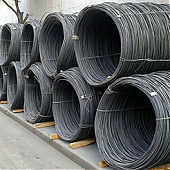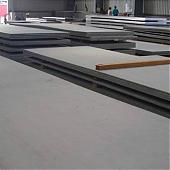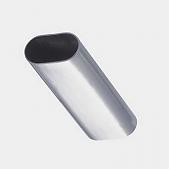Food-grade stainless steel
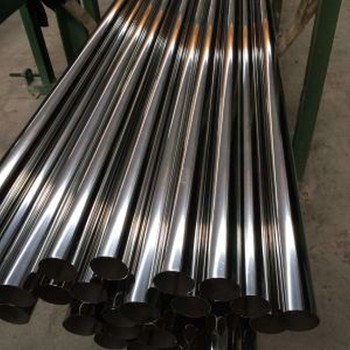
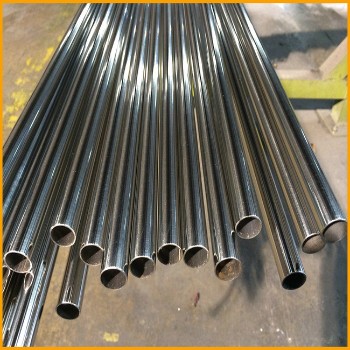
The answer is: There is a fundamental difference, and it directly affects our health. Today, we’re going to break down the mystery between food-grade and ordinary stainless steel.
The Core Difference: One Is About Health, the Other Is About Durability
In short, the biggest difference lies in their intended use and safety standards.
Food-Grade Stainless Steel:Refers to stainless steel that complies with national food safety standards (such as China’s GB 4806.9-2016) and can come into direct contact with food without releasing harmful substances. Its key requirement is extremely low migration of heavy metals, ensuring long-term food contact does not pose health risks.
Ordinary Stainless Steel:Mainly refers to types used in industrial, construction, or decorative applications, such as series 201, 202, or some 430 types. These focus on structural strength, corrosion resistance, and appearance, but are not subject to strict food safety requirements for heavy metal migration.
Think of it this way:
Food-grade stainless steel: Designed for "food contact"—safety comes first.
Ordinary stainless steel: Designed for "durability"—strength and cost are the main concerns.
A Closer Look: Three Key Differences from a Technical Perspective
Chemical Composition & Heavy Metal Migration (The Most Critical Difference)
This is the core differentiator. Stainless steel’s rust-resistant property mainly comes from chromium (Cr), while nickel (Ni) enhances corrosion resistance and ductility.
Food-Grade Stainless Steel:
Primarily uses 304 (06Cr19Ni10), 316 (06Cr17Ni12Mo2), and related variants (e.g., 304L, 316L). These grades have stable chromium and nickel content and strictly limit heavy metals like lead, cadmium, arsenic, and mercury. They resist corrosion effectively in acidic, alkaline, or high-temperature environments, preventing metal ions from leaching into food.
304 Stainless Steel: The most common food-grade type, with good corrosion resistance—suitable for most kitchenware and tableware.
316 Stainless Steel: Contains molybdenum (Mo), offering better resistance to chlorides—ideal for use with salt, vinegar, etc. Often used in high-end kitchenware, medical equipment, and coastal environments.
Ordinary Stainless Steel:
Such as series 201 and 202, often replaces some nickel with manganese (Mn) to reduce costs. This significantly reduces corrosion resistance, making it prone to rust when exposed to acids, alkalis, or salt over time. It may also release excessive manganese or chromium, which can be harmful to the nervous system with long-term intake.
Manufacturing Process & Surface Treatment
Food-Grade Stainless Steel:
Requires higher standards in production environment and process. The surface must be specially polished and treated to ensure smoothness, no burrs, and no gaps. This prevents food residue and bacterial buildup, making it easy to clean and meeting food hygiene standards.
Ordinary Stainless Steel:Surface treatment may be rougher, with possible grinding marks or tiny pores that can trap dirt—not suitable for direct food contact.
Certification & Labeling
Food-Grade Stainless Steel:Must have clear food safety certification. In China, the product or packaging should be marked with "Food Contact" or indicate compliance with standard GB 4806.9-2016. Look for this when buying.
Ordinary Stainless Steel:Lacks such certification. Usually, only the material grade is indicated, such as "SUS201."
How to Identify and Choose Food-Grade Stainless Steel Products
Follow these tips to avoid being misled:
Check the Label/Marking:The most direct method. Look for "Food Contact," "GB 4806.9," or stamps like 304/316.
Identify the Material Grade:Choose products clearly marked 304 or 316. Be cautious of misleading terms—"SUS304" is internationally recognized, while variations like "DUS304" or "AWS304" may be imitations.
Be Cautious with the Magnet Test:It’s not entirely relia
Related Products
Contact Us
